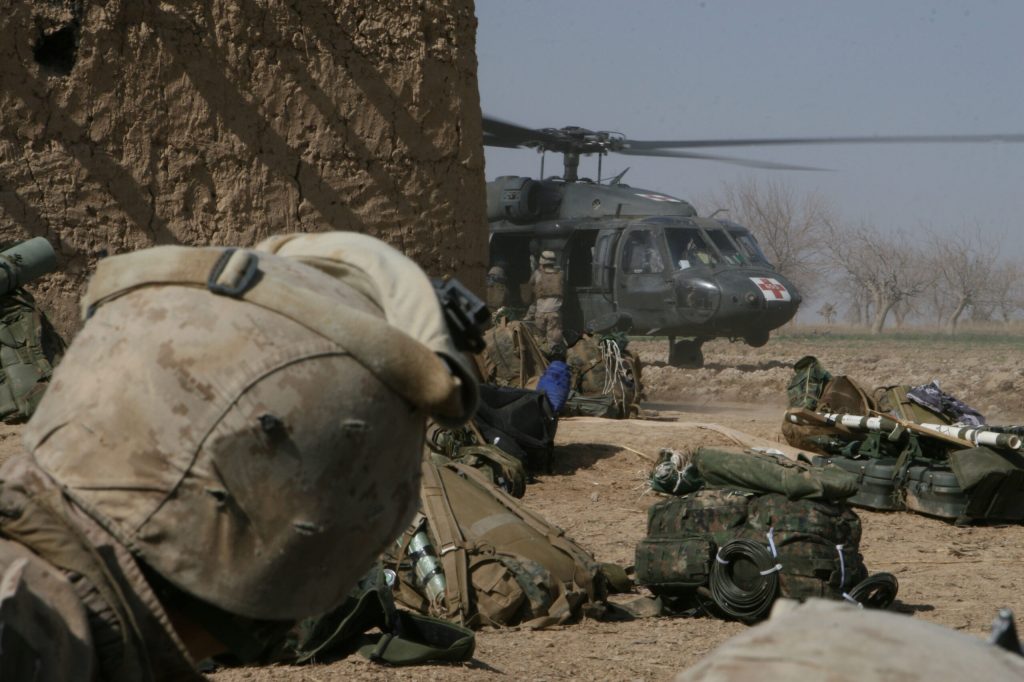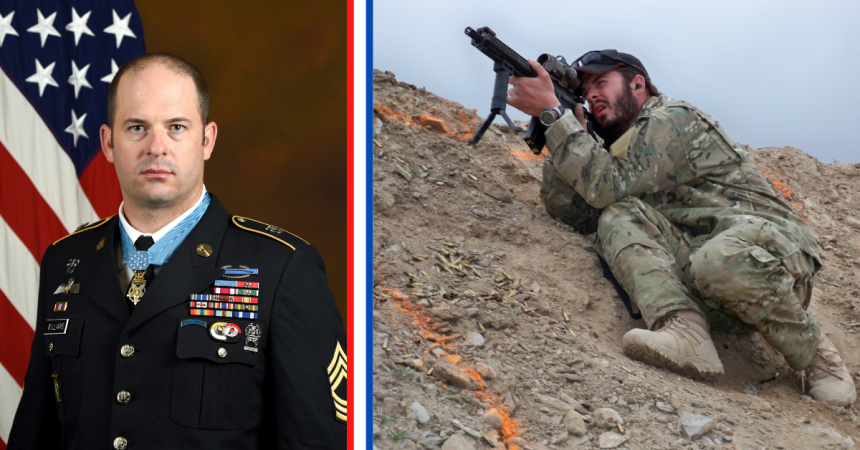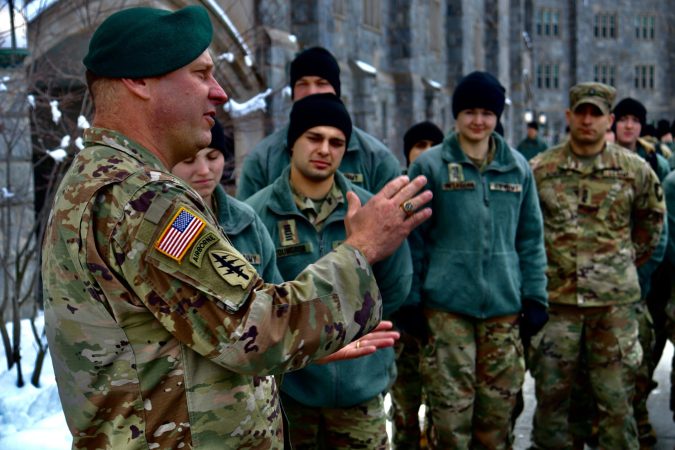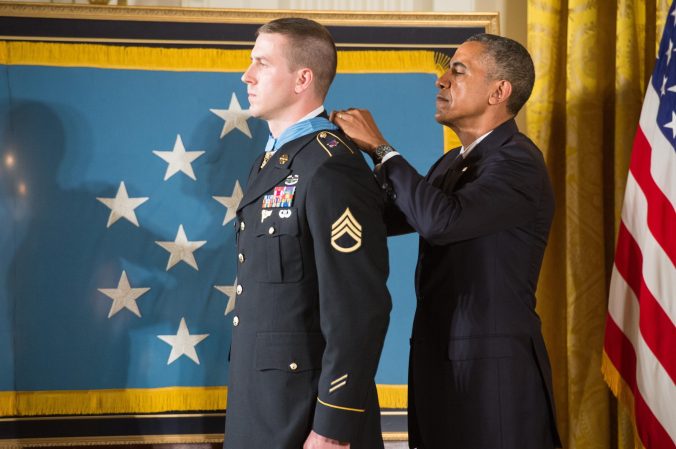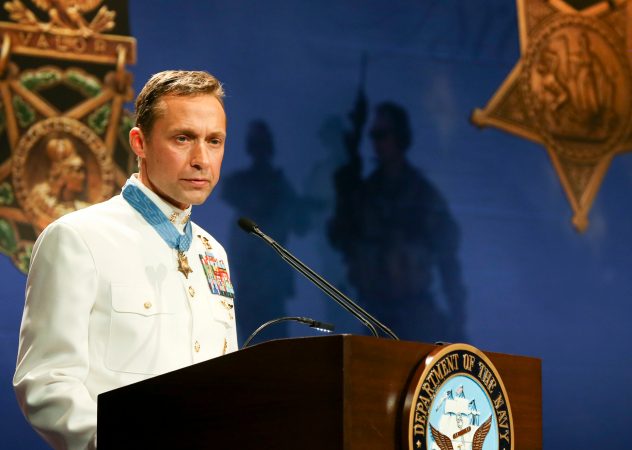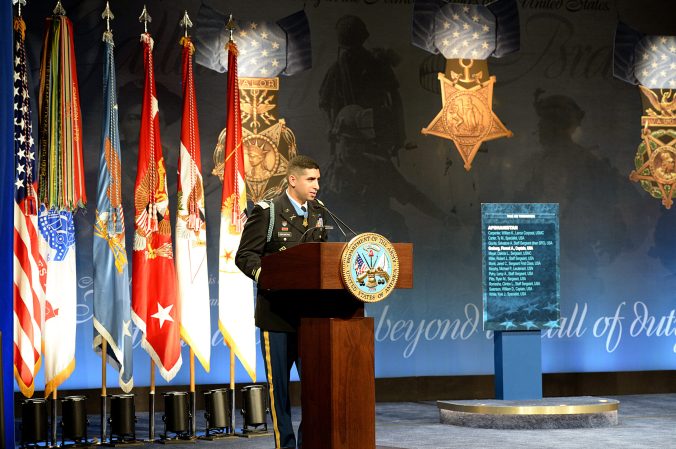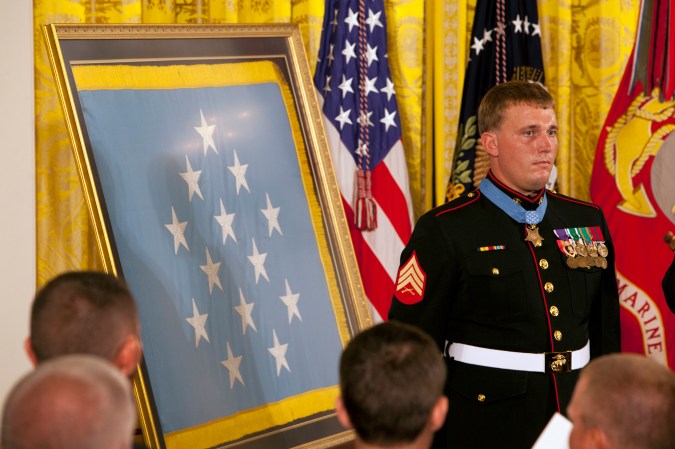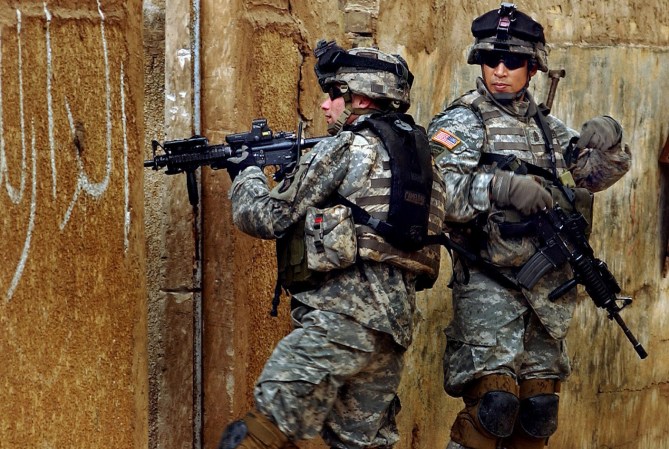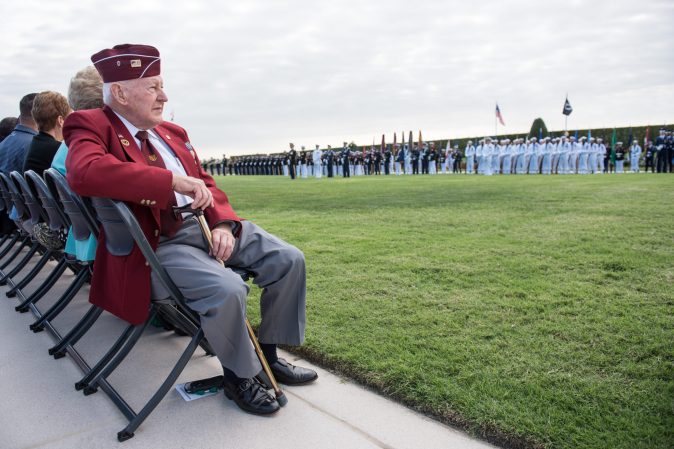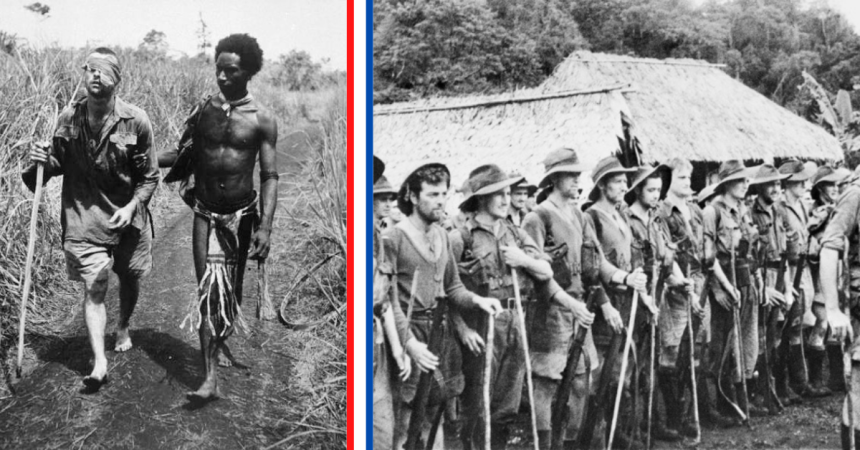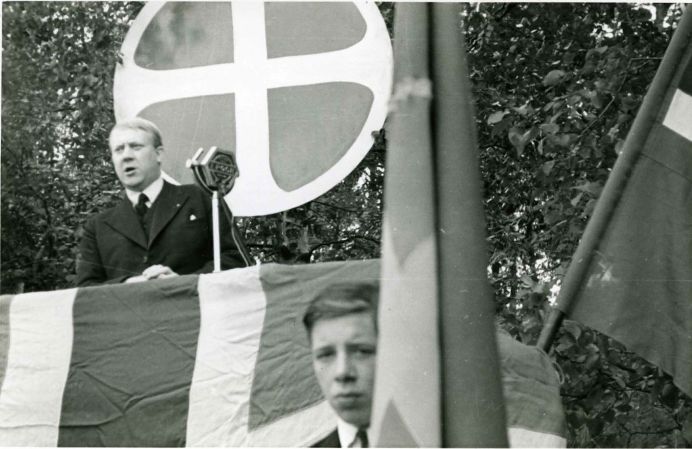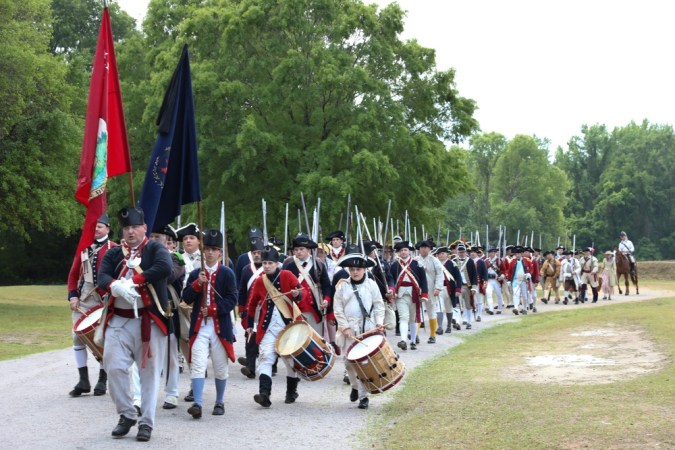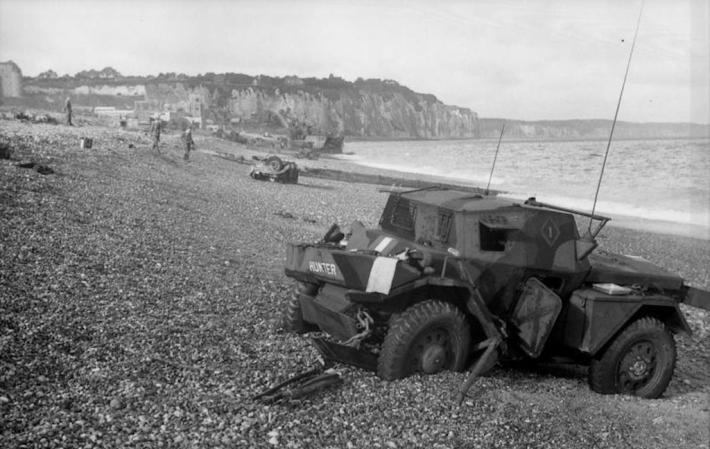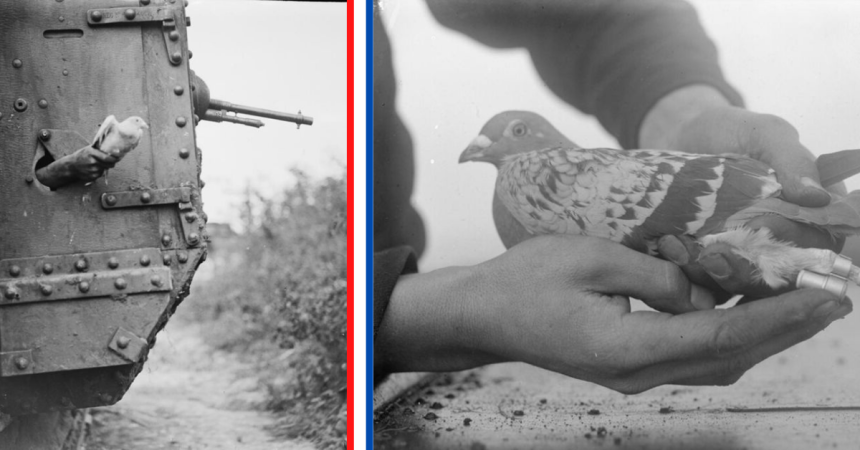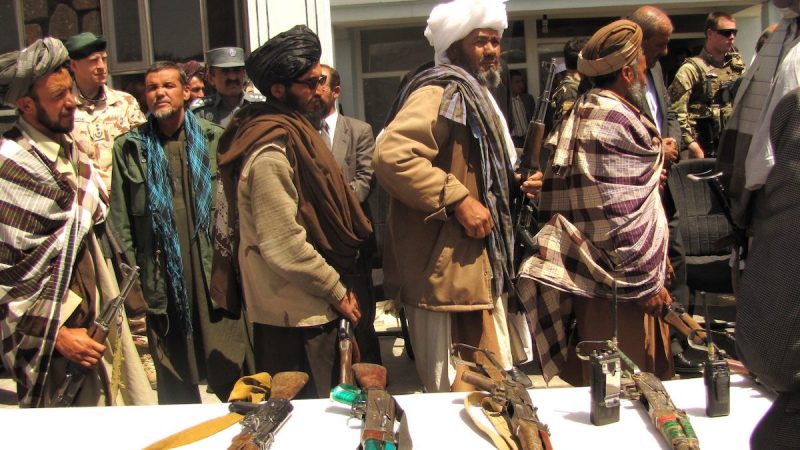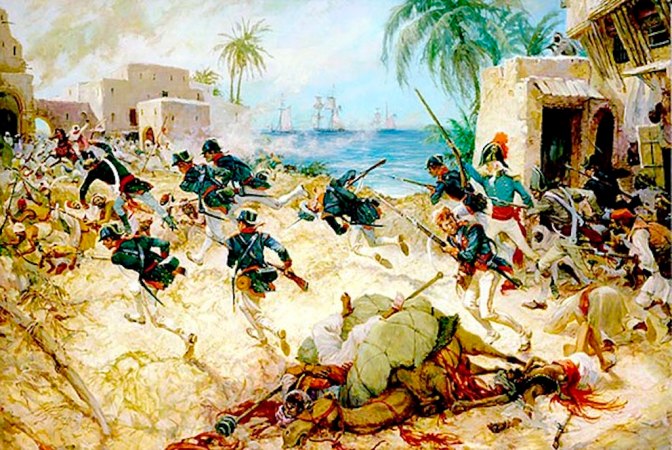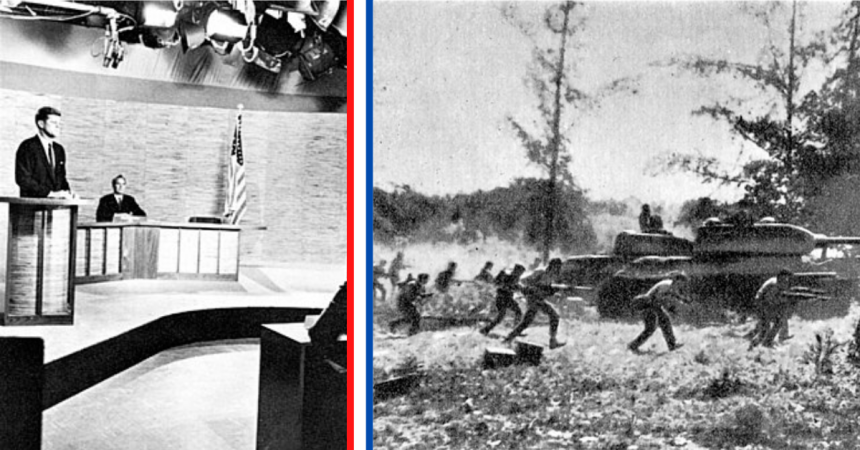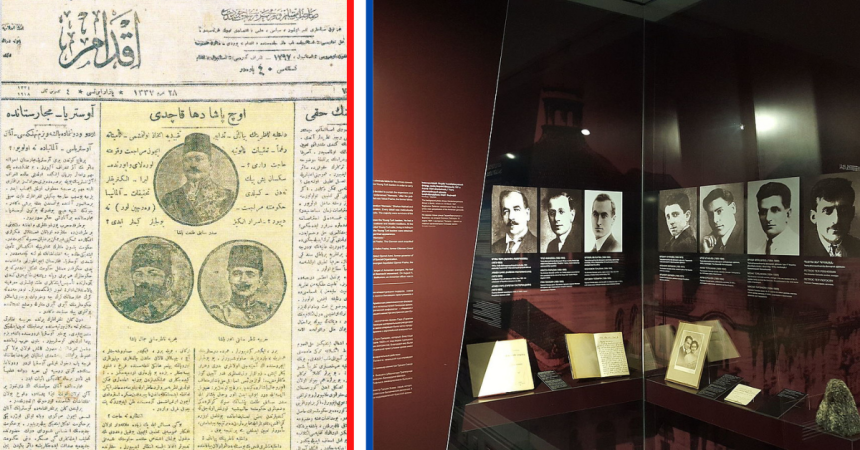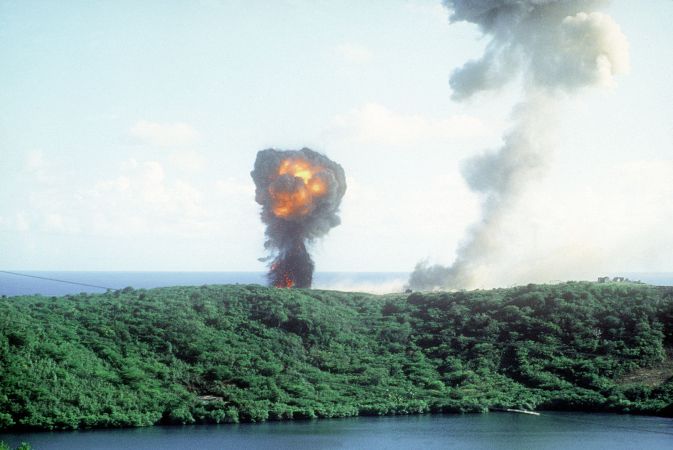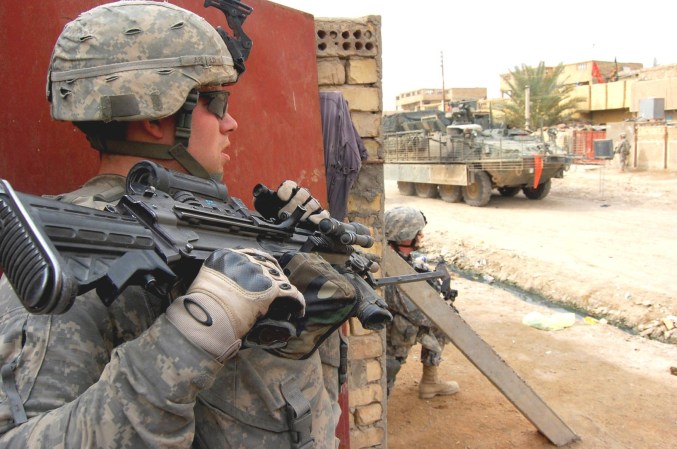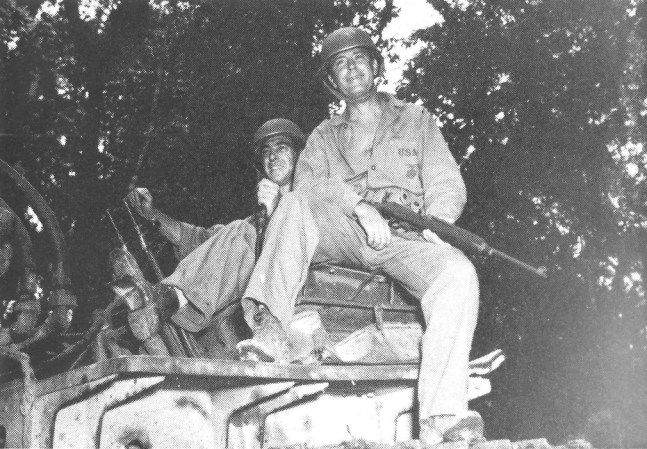The Battle of Marjah aimed to eliminate the Taliban stronghold in the area and establish Afghan government control. The offensive involved around 15,000 troops. This included forces from the United States, United Kingdom, Canada, Denmark, Estonia and the Afghan National Army (ANA).
“We knew it was going to be bad, but we didn’t know it was going to be that bad. The Taliban were dug in deep, and they fought like crazy. It was the most intense fighting I’ve ever experienced,” said Staff Sgt. Michael Golembesky, a former U.S. Marine who served in Marjah, in his book “Marjah: The Afghan Surge.”
The Battle of Marjah was a major military operation
The Battle of Marjah, also known as Operation Moshtarak, was a pivotal moment in the war in Afghanistan. Launched on February 13, 2010, it’s goal was twofold. First, oust the Taliban from a strategic stronghold in the Marjah district of Helmand Province. Next, reestablish Afghan government control. Despite the initial success, long-term results were mixed. That’s because the region continued to face instability and insecurity.
The operation serves as a reminder of the complexities involved in counterinsurgency efforts and nation-building in conflict-ridden areas.
“It was just like a wave of destruction. The whole ground was shaking, and there were explosions and gunfire all around us. It felt like the world was ending.” – An Afghan civilian describing the beginning of the Battle of Marjah in “The Battle for Marjah” documentary.
Operation details
Taliban fighters had been using Marjah, a densely populated agricultural area, as a base and hub for the opium trade. The region’s strategic location was critical to the insurgents. That’s because it provided access to the main highway between Kandahar and Herat, a vital supply route for their operations.
The United States Marine Corps was the largest contingent, with around 7,500 troops, supplied by the 3rd Battalion, 6th Marine Regiment. Reinforcements came via the 1st Battalion, 3rd Marine Regiment. Adding to that, the United Kingdom contributed 4,000 troops from various units, including the 1st Battalion, The Royal Welsh and the 1st Battalion, Coldstream Guards.
Additionally, the Afghan National Army contributed around 2,000 troops, with the 205th Corps being the primary unit involved. Other NATO forces, including Canada, Denmark, and Estonia, contributed smaller numbers of troops, primarily for support roles.

Air assault
The operation began with an extensive air assault. Marines and allies transported to the region via aircraft and inserted themselves into various locations around Marjah. The assault was accompanied by airstrikes on Taliban targets in the area. The goal here was clear: weaken the enemy’s positions and disrupt their supply lines.
As coalition forces entered Marjah, they faced multiple obstacles, including strategically placed IEDs meant to impede their advance. Clearing the area of these deadly devices became a top priority. The Taliban’s use of snipers and small pockets of resistance further slowed progress and made the mission more challenging.
Despite these challenges, coalition forces gradually pushed the Taliban out of the Marjah district. The Afghan National Police and Afghan National Civil Order Police established a presence and worked on restoring law and order. Throughout the operation, efforts were made to minimize civilian casualties and displacement. Information campaigns launched to inform the local population about the objectives and intentions of the operation.
In their own words: Personal experiences
Personal accounts from survivors of the Battle of Marjah offer a unique perspective on the challenges and sacrifices of modern warfare.
“When we first got there, we were trying to avoid hitting any civilians, but the Taliban were using them as human shields. It was hard to tell who was who. We lost a few good men because of that.” – A Marine recounting his experiences in “Marjah: One Year Later,” a series of articles published by The Washington Post.
Lessons learned: Challenges and the path forward
While the Battle of Marjah was a tactical victory, it revealed the difficulties in achieving lasting stability and security in Afghanistan. As history shows, the ongoing conflict and resilience of the Taliban continued to pose challenges to the Afghan government. That’s to say nothing of the international forces supporting it.
These accounts from the battle’s survivors serve as a testament to the courage and determination of those who fought in Marjah. They serve as a reminder of the importance of continued reflection on those who gave their lives in the pursuit of this mission and overarching goals.


